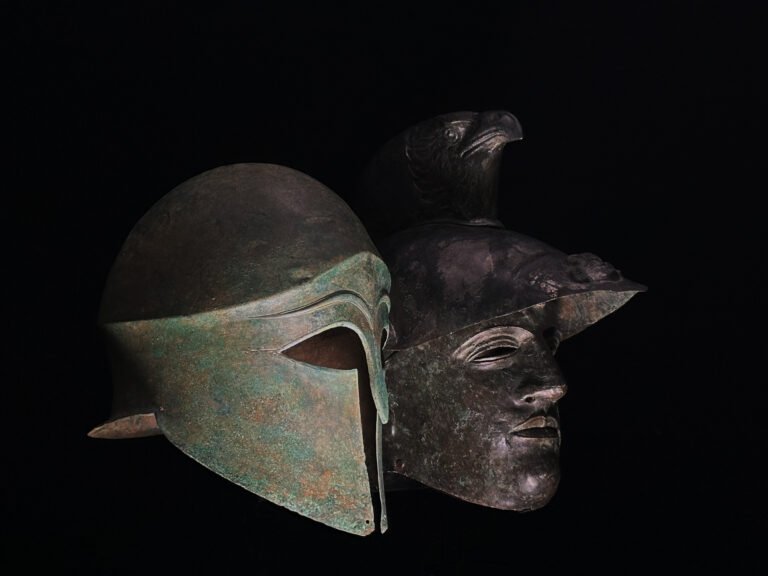An Egyptian turquoise glazed faience shabti for Ptah-Ma wearing daily dress of pleated garment and broad kilt, and tripartite wig; the arms crossed arms with an inscription down the front.
Shabtis were first introduced in the Middle Kingdom as substitutes for the the mummy in case it was destroyed. During the Second Intermediate Period inscribed wooden figures called shawabtis (after the Egyptian word for wood, shawab) began to be placed in tombs. During the New Kingdom, shabtis assumed a new role as servant figures for the deceased. They were now depicted with agricultural equipment. By the Third Intermediate Period, the number of shabtis placed in the tomb was set at 401 (365 workers and 36 overseers). During the Late Period the tomb figures became known as ushabtis (‘answerers’), these figures represented servants who would magically answer when called upon to perform agricultural duties for the Pharaoh (in the form of Osiris) in the afterlife. Their main function was to ensure the individual’s comfort and freedom from daily labor in the next life.
$9,500
View our finest curated Selected Works and our current Exhibition.
